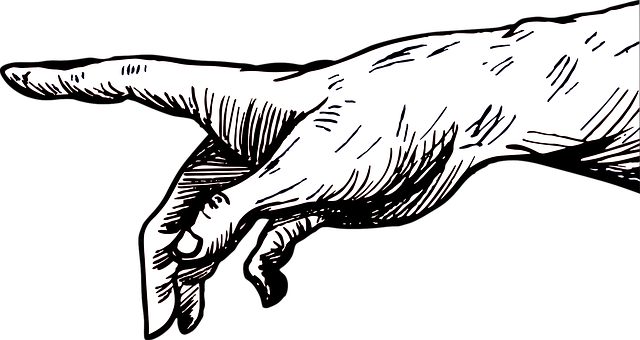Dermatologists provide effective and safe wart removal using techniques like surgical excision, cryotherapy (liquid nitrogen), and laser treatments, tailored to wart type and patient needs. Modern methods include liquid nitrogen congelation, laser treatment, and topikal medications, prioritizing comfort, fast healing, minimal scarring, and preventing complications. Post-treatment care involves gentle cleaning, bandaging, and medication, while prevention includes hand hygiene, avoiding infected individuals/objects, diet, hydration, and exercise to reduce reoccurrences.
Looking for smooth, scar-free skin free of unsightly warts? You’re not alone. This guide explores dermatologist-recommended wart removal methods designed to achieve just that. From understanding the science behind wart elimination to uncovering innovative, minimally invasive techniques and essential post-treatment care tips, this comprehensive resource will empower you to bid farewell to warts without sacrificing skin integrity. Discover effective strategies for dermatologist wart removal today.
- Understanding Wart Removal Processes: A Dermatologist's Approach
- Minimally Invasive Techniques: Scarring-Free Solutions
- Post-Treatment Care and Prevention Strategies for Effective Wart Removal
Understanding Wart Removal Processes: A Dermatologist's Approach
Wart removal is a common procedure performed by dermatologists, specialists in skin care and treatment. The primary goal is to eliminate warts while preserving the surrounding healthy skin, minimizing scarring or damage. Dermatologists employ various methods tailored to different wart types and patient needs. Common techniques include surgical excision, where the wart is cut out, and cryotherapy, which uses liquid nitrogen to freeze and destroy the wart. Laser treatments are also an option for more advanced cases.
A dermatologist’s approach emphasizes precision and safety. They carefully assess each wart to determine the most suitable removal method. By leveraging advanced technologies and a deep understanding of skin structure, dermatologists can effectively target warts without impacting nearby healthy tissue. This expertise ensures optimal results, significantly reducing the risk of scarring or other complications.
Minimally Invasive Techniques: Scarring-Free Solutions
Modern dermatologists offer a range of minimally invasive techniques for wart removal, ensuring that patients can bid farewell to unsightly warts without any scarring or damage to the skin. These advanced methods prioritize patient comfort and fast healing times, addressing common concerns associated with traditional treatments. One popular approach involves using liquid nitrogen, which effectively freezes the wart, leading to its gradual disappearance. This non-surgical procedure is relatively painless and often requires only a single session.
Another innovative solution is laser treatment, where specialized lasers target and destroy the wart while minimizing skin trauma. This method is particularly effective for warts on sensitive areas like the face or fingers. Additionally, dermatologists may employ topikal medications, such as salicylic acid or immunomodulators, to stimulate the body’s natural defense mechanism against warts, promoting their removal without leaving scars. These modern techniques showcase dermatology’s commitment to providing efficient, safe, and non-disruptive wart removal solutions.
Post-Treatment Care and Prevention Strategies for Effective Wart Removal
After a dermatologist removes warts, proper post-treatment care is essential to ensure optimal healing and prevent future infections or reoccurrences. Patients should gently clean the treated area with mild soap and water, avoiding harsh scrubs or products that may irritate the skin. Applying a sterile, non-stick bandage for a few days helps protect the site and reduces the risk of touching or infecting other parts of the body. It’s crucial to follow the dermatologist’s instructions regarding medication or creams to aid in healing and prevent scarring.
Prevention is key when it comes to wart removal. Regular hand hygiene, especially before and after using public restrooms or touching shared surfaces, significantly reduces the risk of acquiring warts. Avoiding direct contact with infected individuals or objects, such as towels or shoes, is also important. Additionally, strengthening the immune system through a balanced diet, staying hydrated, and regular exercise can help ward off viral infections that cause warts.
When it comes to dermatologist wart removal, modern techniques offer effective solutions without scarring or damage. By understanding the various removal processes and adopting minimally invasive methods, individuals can achieve clear, healthy skin. Post-treatment care and prevention strategies further enhance the effectiveness of these treatments. With proper guidance, eliminating warts not only improves aesthetics but also boosts confidence. Turn to a professional dermatologist for safe and lasting results in dermatologist wart removal.
